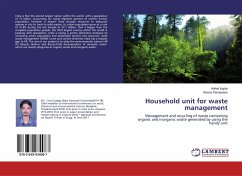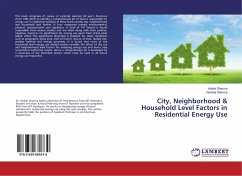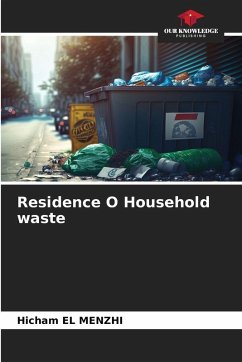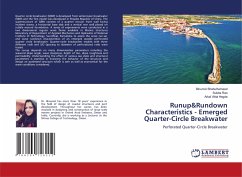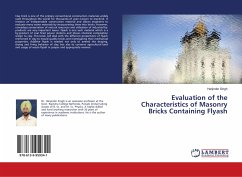
Household solid waste characteristics and recycling behavior
A case study in Danang city, Vietnam
Versandkostenfrei!
Versandfertig in 6-10 Tagen
22,99 €
inkl. MwSt.

PAYBACK Punkte
11 °P sammeln!
This study focused on household solid waste (HSW) characteristics and recycling behavior in Da Nang City, Vietnam to assess the waste generation rate, the separation behavior and clarify the factors influencing the separation behavior. The authors conducted a questionnaire survey, the survey measurement, and a composition survey for 150 households in six urban districts. The HSW generation rate was 230 g / cap / day. Total HSW generation in the six districts of Da Nang was estimated to be 209.6 tons / day. The current status of recycling activity in terms of participation rate, the habits of r...
This study focused on household solid waste (HSW) characteristics and recycling behavior in Da Nang City, Vietnam to assess the waste generation rate, the separation behavior and clarify the factors influencing the separation behavior. The authors conducted a questionnaire survey, the survey measurement, and a composition survey for 150 households in six urban districts. The HSW generation rate was 230 g / cap / day. Total HSW generation in the six districts of Da Nang was estimated to be 209.6 tons / day. The current status of recycling activity in terms of participation rate, the habits of recyclable discard, factors promoting recycling was also presented. Leftover food and recyclables such as plastic bottles and aluminum cans were the most common recycling items with a participation rate of 77.3% and 84.1%, respectively. The predictive models were developed on recycling behavior by binary logistic and multiple linear regression to clarify the determinants. The authors also analyzed the differences in separation rates among attributes. From the obtained results, some suggestions were given in order to improve the participation rate on recycling.




